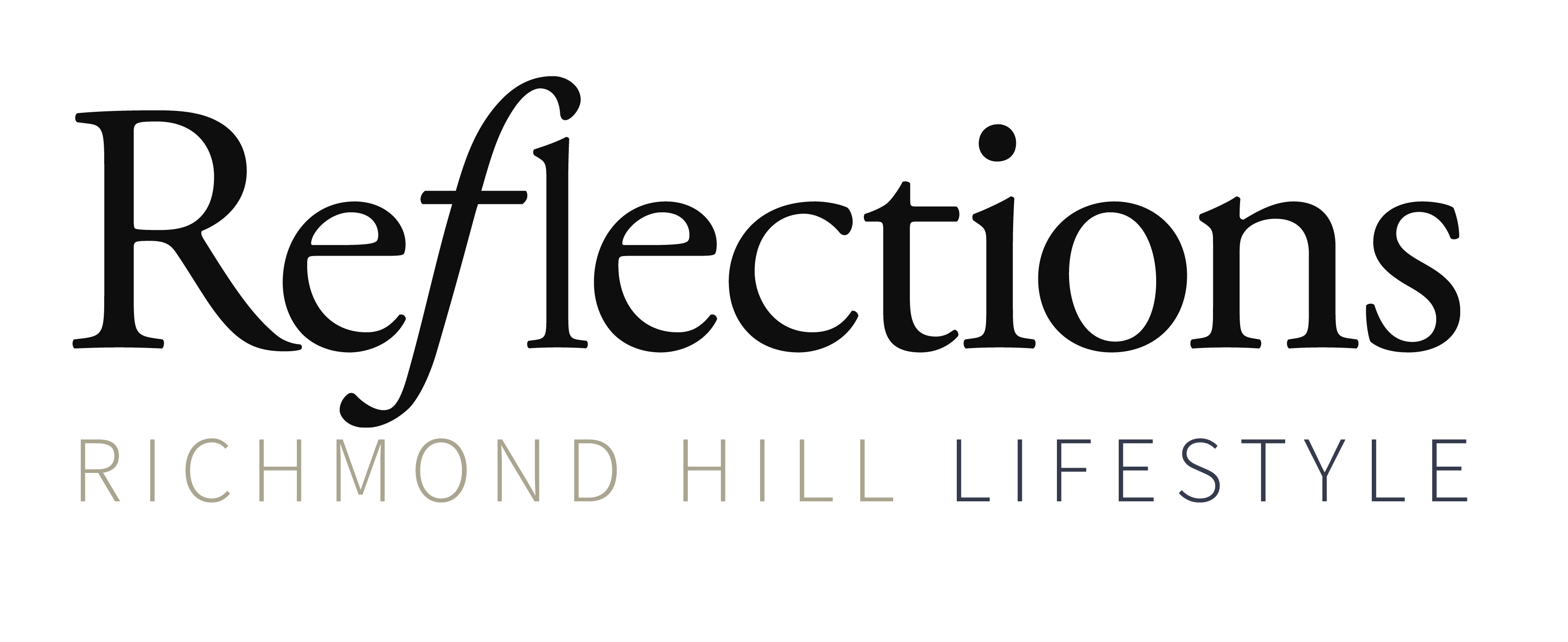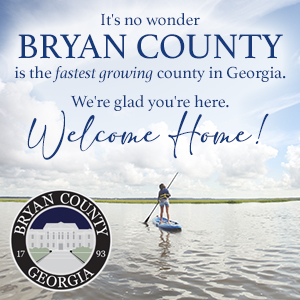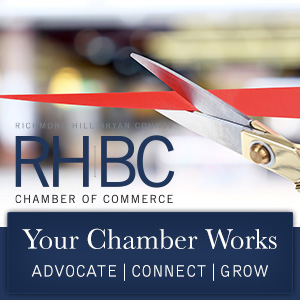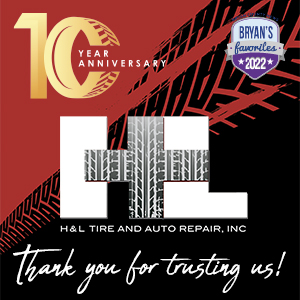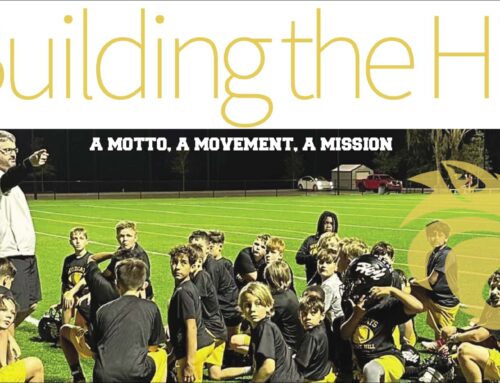
Design Trends – Turning Heads
Moving Downtown Before and After, Part 2
WORDS BY CARRIE BROOKSHIRE, BROOKSHIRE DESIGN
WINTER 2022
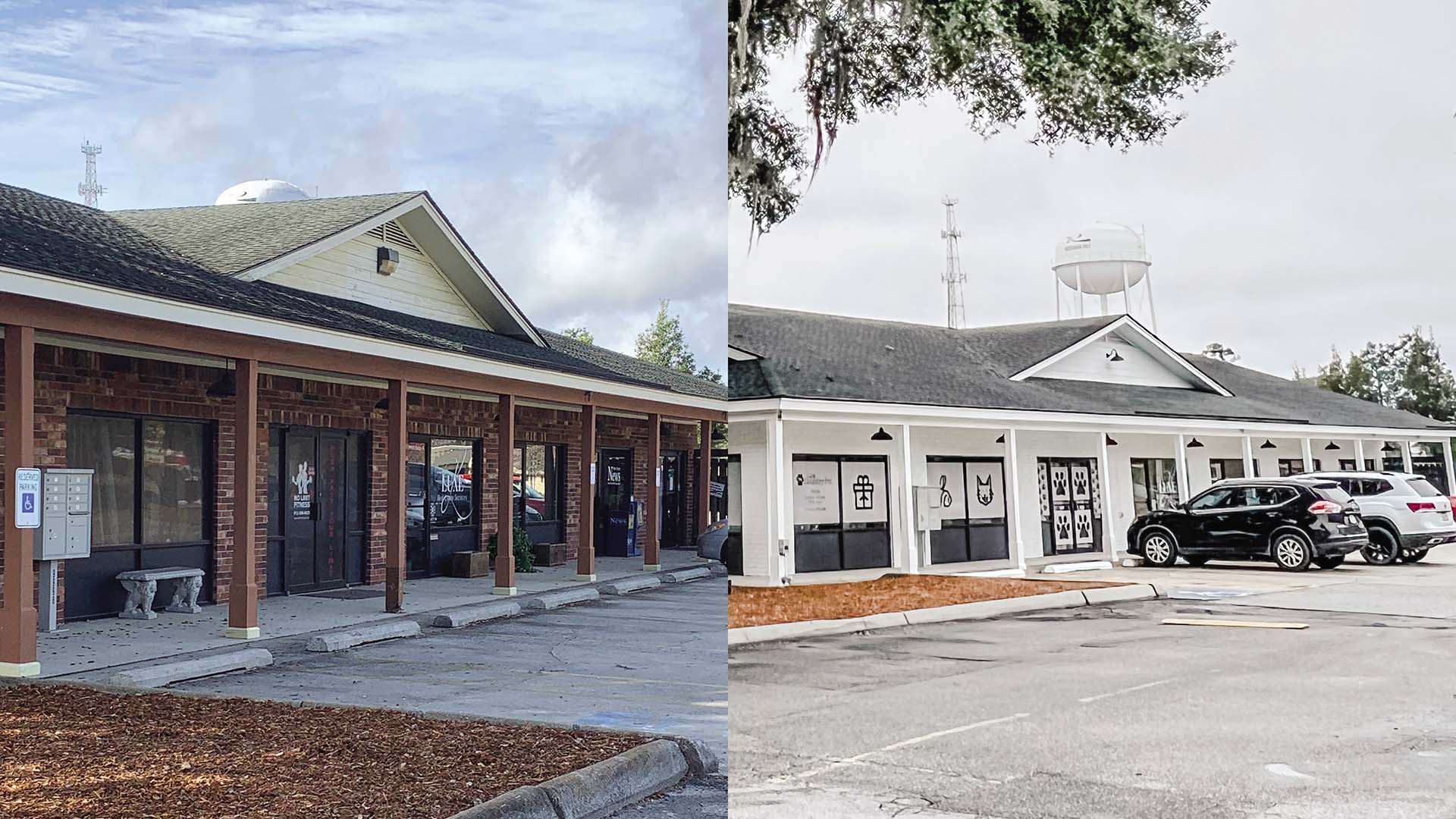
Driving down Ford Avenue looks much different today than it did five years ago. Head turning changes to several older buildings are no doubt bringing with them a new and positive energy in the area deemed the DDA’s “district” of concentration. The resolution to create a Downtown Development Authority (DDA) in Richmond Hill was signed in December of 2015 by former Mayor of Richmond Hill, Harold Fowler. The group was formed with the specific purpose to revitalize and redevelop the central business district in the Hill by financing projects in a manner that would promote the general welfare of the City. Projects have included investments in facade grants, new signage—way finding and traffic, an incredible mural project, landscaping upgrades along the two major business corridors and aiding local businesses in updating their signage to meet the City’s design standards and guidelines. Careful attention paid to the details Downtown have ultimately created a new vibe and energy— resulting in an eclectic entrance to our community.
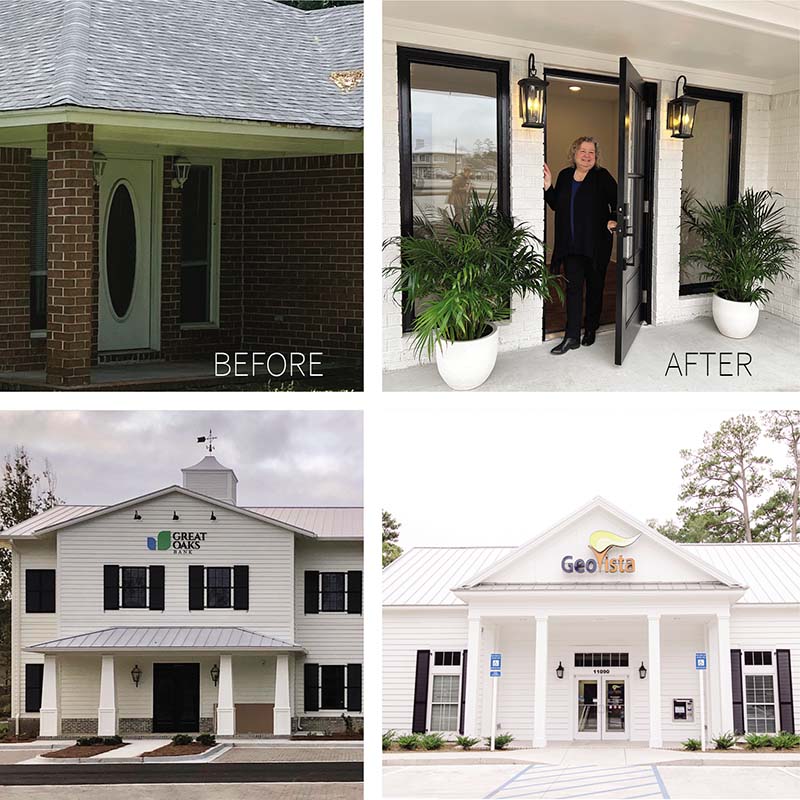
As in many towns that have developed over several decades, creating continuity in a mix of design styles takes a lot of work and planning. The DDA is doing a good job with carefully vetting projects to help visually identify and solidify a “downtown” district with nods to arts, culture, design and even history. To me, the Façade Grant Program is one of most visible and tangible ways I think the DDA is bringing positive impact to the City. Encouraging uplifts to existing buildings, they have granted funds to nearly a dozen businesses within the district. Assistant City Manager Scott Allison explains, “Local business owners who have property located within the established development district are eligible to apply for grant money that offers a dollar-for-dollar grant that can be used towards façade improvements, scenic landscaping, and signage.”
One intent of the program is to encourage new and existing business owners to build or return the exterior look of their business to the classic “Ford Style” that is seen in many historic buildings in our city. When Terri and Bobby Jarrell began the permit process for the redesign of their NEW old building, they were amazed to find out that the City was offering this program. Though they had already planned to do a lot of work to the exterior of the building, these funds helped carry their plans even further. They were able to incorporate new signage following the City’s design lead for their business and re-landscape the entire front façade, in addition to other exterior improvements.
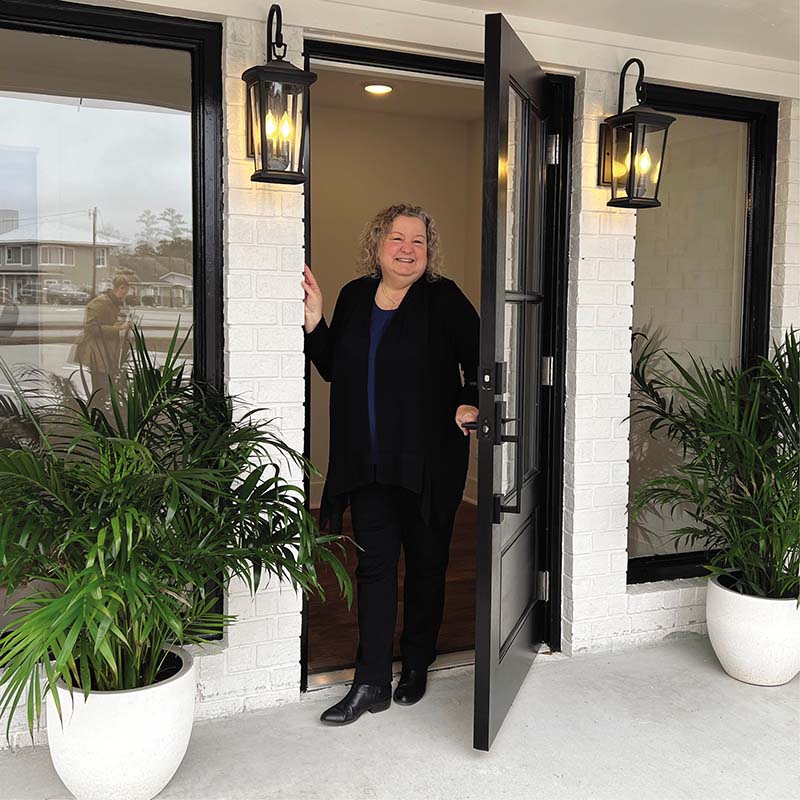
Gary Stanberry was another local business owner who took advantage of the Facade Grant program at his commercial office building located near the crossroads. The previous one story, brick building was non-descript and blended into a sea of rental space in the area. Working with the City and their established guidelines for redevelopment, he replaced the roof, painted the exterior of the brick and added new lighting and plantings to soften the exterior of these two prominent buildings along the historic Ford Avenue corridor. This commercial space, now fully rented, houses several offices and boutique shops. The overall look of Ford Avenue has come such a long way. I love the welcoming thematic look and its nod to the Ford era emerge, or shall I say re-emerge.
Several new construction projects have also felt the enthusiasm of continuing this new look for our city. The new Great Oaks Bank and Geo Vista Credit Union buildings are prime examples of how new construction projects are adopting the character the City and Downtown Development Authority are trying so hard to encourage. Mayor Carpenter and Council recently awarded both businesses for their “design excellence within the City of Richmond Hill that strives to protect the unique character and integrity of areas that embody significant elements of Richmond Hill’s history and present a positive image along the City’s highly visible corridors. The quality development and harmonious design also compliment the historic character of the Ford Avenue Historic District.”
It isn’t just my love for design that ignites an excitement in me as I drive through town. It is the intentional time I know being spent to protect this charm of this place that is so special.
